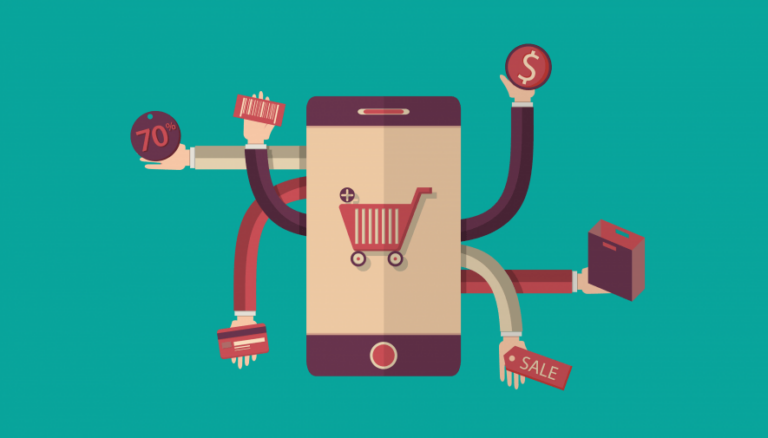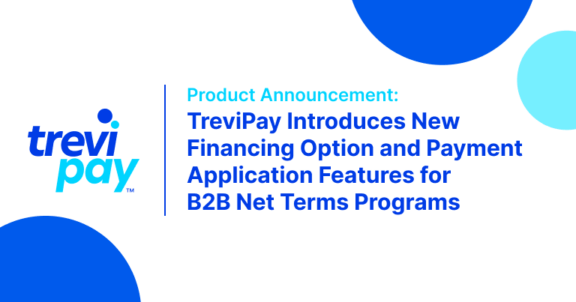News & Insights · Approx. 2 minute read
Implementing a Customer-Centric B2B Omni-Channel Strategy

Today’s B2B customer is a digitally-savvy omnichannel connoisseur with high expectations of a B2C-like buying experience that still meets their more complex B2B needs. What this means is that the traditional B2B sales cycle is changing – from one based on time-consuming in-person interactions with sales reps to a streamlined, convenient process with a consumer-grade customer experience that stretches across both offline and online channels.
B2B customers today expect to be able to interact with your brand through your website, visits to your physical location, and even social media. What’s more, they expect the same level of consistency and convenience in their professional buying transactions as they already find in their personal shopping experiences.
What it all boils down to is the fact that professional B2B buyers are regular, everyday consumers off the clock. They enjoy the ease of shopping on sites like Amazon.com and being able to interact with the brands they buy from through social media and instant messaging (IM) services, as well as the more traditional email, telephone, and in-person channels.
Consumer web stores are forever finding new ways to reach, engage, and convert buyers, and are always improving the customer experience (CX) in the process. The result is that professional buyers’ expectations are higher than ever. In fact, according to Walker’s Customers 2020: A Progress Report, CX will have surpassed product and price as the key differentiator for B2B brands in less than two years’ time.
In other words, it’s your CX that will set you apart from your competitors – and bridging the gap between the physical and digital worlds to create a seamless omnichannel experience is a key part of CX in 2018 and beyond.
The omnichannel imperative for B2B brands operating today means that manufacturers, distributors, and wholesalers need to optimize all their sales channels to reach, engage, and satisfy the omnichannel customer. It means making goods and services available to customers on their preferred sales channels to provide a customer-centric experience. To put it another way, B2B brands need to meet customers where they are.
Read the full article by WBR Insights to see what omni-channel challenges exist and how to improve your efforts.
Stay up-to-date with the latest from TreviPay
Thank you for subscribing! You will now receive email updates from TreviPay.



